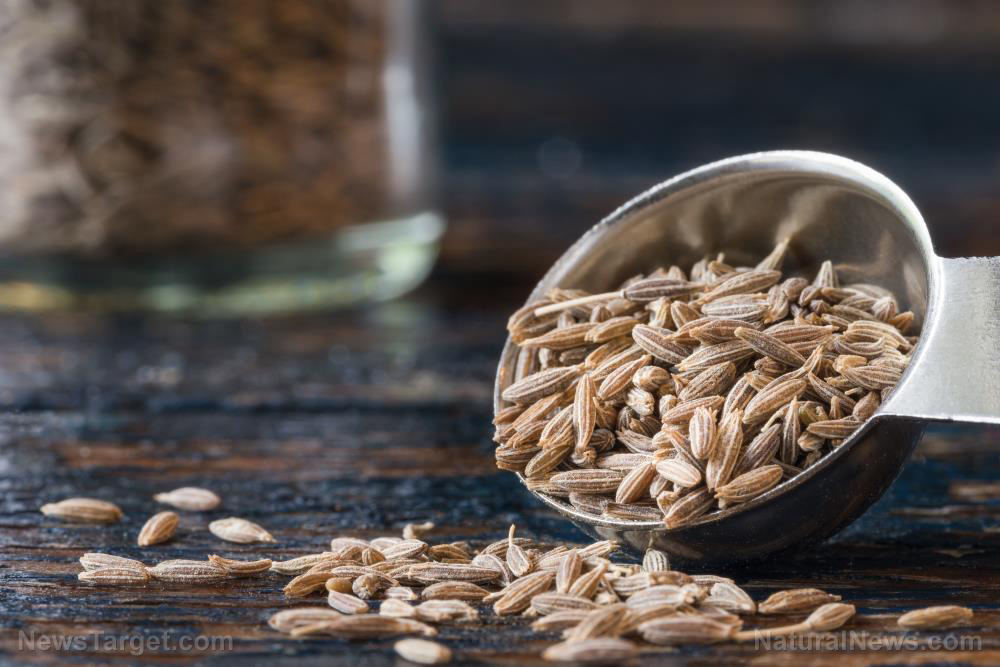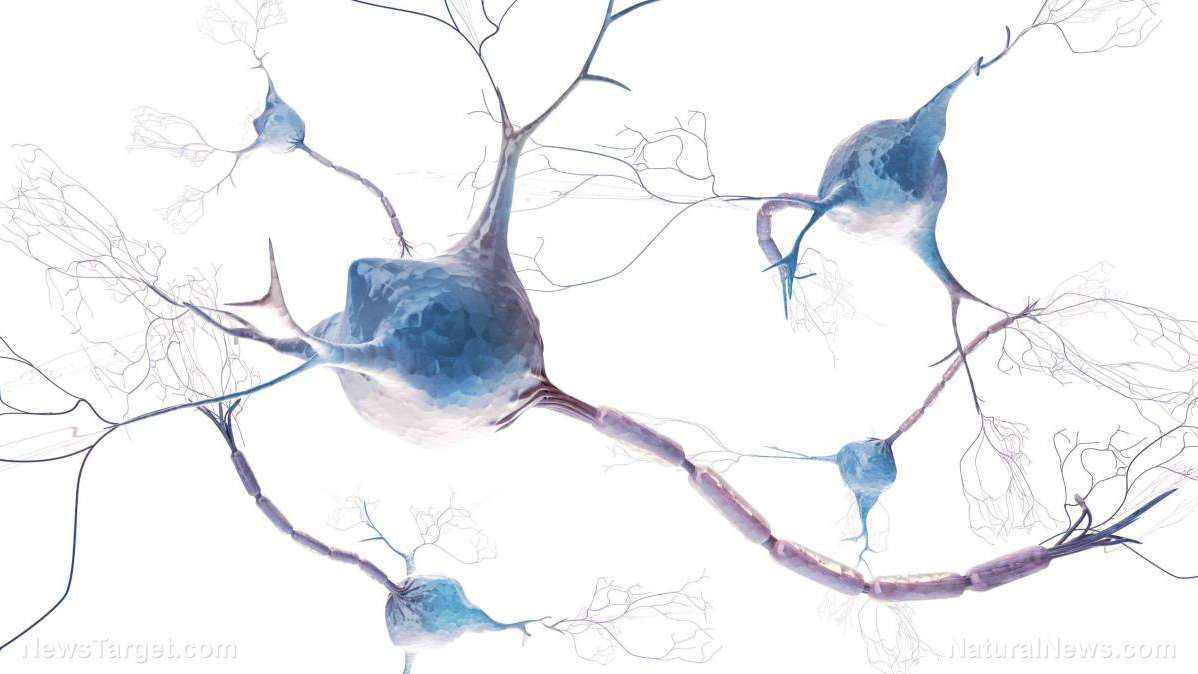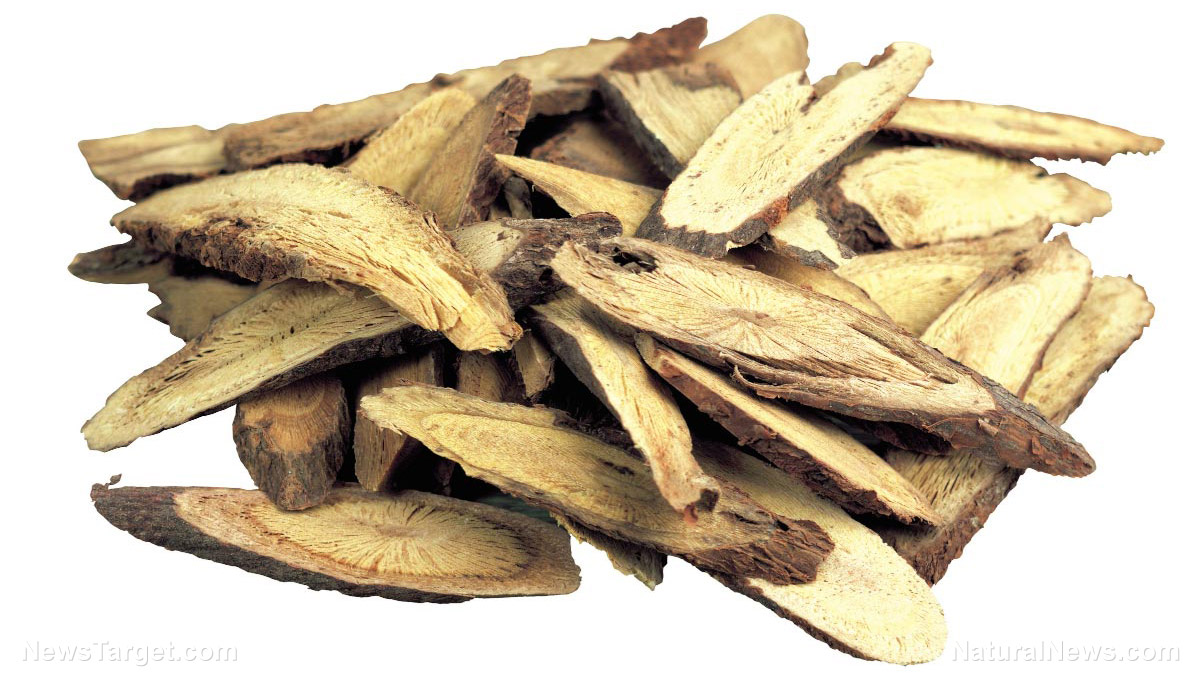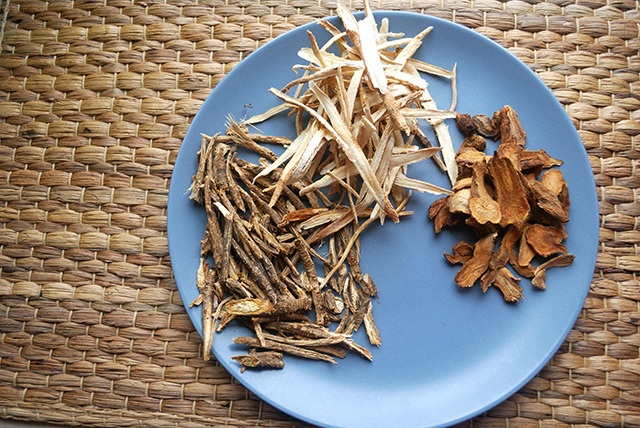Citrus essential oil is an effective alternative to synthetic insecticides
10/10/2018 / By Michelle Simmons

Research has found another powerful natural insecticide. The study, which was published in the journal Crop Protection, revealed that citrus essential oil could be a good natural alternative to synthetic insecticides against vineyard mealybugs.
- Mealybugs are pests that affect the vineyards around the world because of direct damage and spread of grapevine leafroll disease.
- A team of researchers from the University of Udine in Italy and the The New Zealand Institute for Plant & Food Research Limited in New Zealand conducted the study in order to find natural products that can be used to replace chemical pesticides to control mealybugs.
- The research team evaluated the insecticidal activity of kaolin and citrus essential oil against the mealybug species scarlet mealybug (Pseudococcus calceolariae) and long-tailed mealybug (P. longispinus) by conducting laboratory experiments and field trials in New Zealand.
- They also assessed the insecticidal activity of kaolin (a clay mineral) and citrus essential oil against the mealybug species vine mealybug (Planococcus ficus) in Italy.
- Results revealed that kaolin was ineffective at controlling the three mealybug species in the vineyards, even though it increased mortality of scarlet mealybug in the laboratory.
- On the contrary, citrus essential oil was able to reduce leaf infestations of vine mealybug in the vineyards and increased the death rate of scarlet mealybug and vine mealybug in the laboratory.
Therefore, the researchers concluded that citrus essential oil can be used as an effective natural pesticide to replace synthetic ones.
Read the full text of the study at this link.
To read more stories on the many uses of essential oils like citrus essential oil, visit EssentialOils.news today.
Journal Reference:
Tacoli F, Bell VA, Cargnus E, Pavan F. INSECTICIDAL ACTIVITY OF NATURAL PRODUCTS AGAINST VINEYARD MEALYBUGS (HEMIPTERA: PSEUDOCOCCIDAE). Crop Protection. September 2018; 111: 50-57. DOI: 10.1016/j.cropro.2018.04.020
Tagged Under: citrus, citrus essential oil, essential oils, grapevines, Kaolin, mealybugs, natural ingredients, natural insecticides, pest control, pest management, vineyard



















